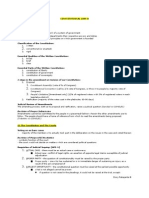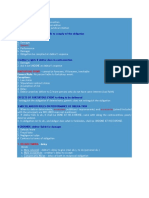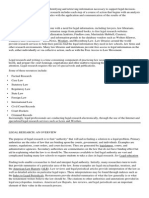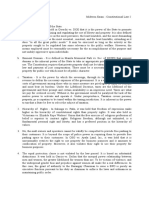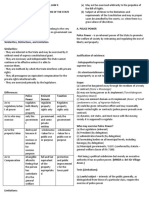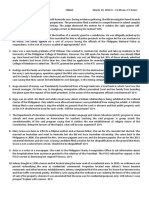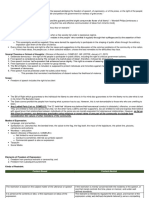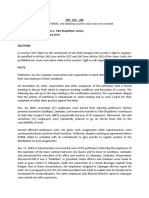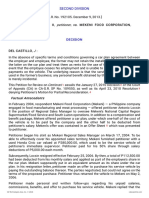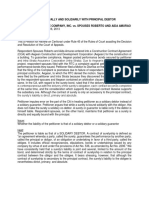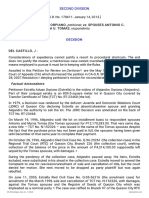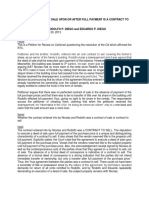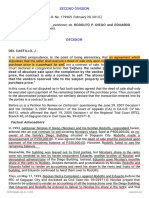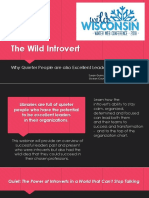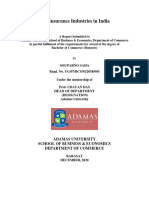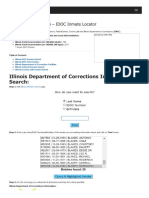100% found this document useful (1 vote)
1K views8 pagesFreedom of Expression - CONSTI2
Freedom of Expression Review
By Ivan Chris T. Luzuriaga
San Beda College - Manila, Section 1-O, Year 2015 - 2016
Uploaded by
Ivan LuzuriagaCopyright
© © All Rights Reserved
We take content rights seriously. If you suspect this is your content, claim it here.
Available Formats
Download as PDF, TXT or read online on Scribd
100% found this document useful (1 vote)
1K views8 pagesFreedom of Expression - CONSTI2
Freedom of Expression Review
By Ivan Chris T. Luzuriaga
San Beda College - Manila, Section 1-O, Year 2015 - 2016
Uploaded by
Ivan LuzuriagaCopyright
© © All Rights Reserved
We take content rights seriously. If you suspect this is your content, claim it here.
Available Formats
Download as PDF, TXT or read online on Scribd
/ 8





